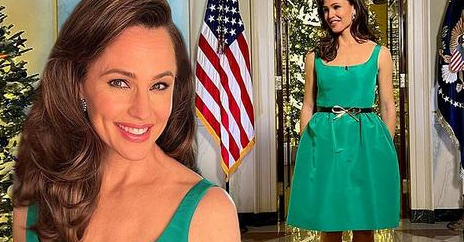An exquisitely preserved dinosaur embryo has been found curled up inside a fossilised egg, unearthed in southern China, dating back some 66–72 million years.
The embryo has been dubbed ‘Baby Yingliang’ and was found in the rocks of the ‘Hekou Formation’ at the Shahe Industrial Park in Ganzhou City, Jiangxi Province.
Palaeontologists led from the University of Birmingham said that Baby Yingliang belonged to species of toothless, beaked theropod dinosaurs, or ‘oviraptorosaurs’.
Oviraptors, which were feathered, are found in the rocks of Asia and North America and had varied beaks and body sizes allowing them to adopt a wide range of diets.
The specimen is one of the most complete dino embryos known and notably sports a posture closer to those seen in embryonic birds than usually found in dinosaurs.
Specifically, Baby Yingliang was close to hatching, and had its head below its body, its back curled into the egg’s blunt end and its feet positioned either side of it.
In modern birds, such a posture is assumed during ‘tucking’ — an embryo behaviour controlled by the central nervous system that is critical for a successful hatching.
The discovery of such behaviour in Baby Yingliang suggests that this is not unique to birds, but may instead have first evolved among the non-avian theropod dinosaurs.
The study was conducted by vertebrate palaeontologist Fion Waisum Ma of the University of Birmingham and her colleagues.
‘Dinosaur embryos are some of the rarest fossils and most of them are incomplete with the bones dislocated,’ Ms Ma said.
‘We are very excited about the discovery of “Baby Yingliang” — it is preserved in a great condition and helps us answer a lot of questions about dinosaur growth and reproduction with it.
‘It is interesting to see this dinosaur embryo and a chicken embryo pose in a similar way inside the egg, which possibly indicates similar prehatching behaviours.’
Baby Yingliang takes its nickname from the Yingliang Stone Nature History Museum in Xiamen, among whose fossil collections it is held.
The researchers believe that the embryonic oviraptorosaur would have been some 10.6 inches (27 cm) from head to tail, but was developing curled inside a 6.7 inch (17 cm) -long egg.
‘This dinosaur embryo was acquired by the director of Yingliang Group, Mr Liang Liu, as suspected egg fossils around the year 2000,’ said paper author and palaeontologist Lida Xing of the China University of Geosciences in Beijing.
‘During the construction of Yingliang Stone Nature History Museum in the 2010s, museum staff sorted through the storage and discovered the specimens.
‘These specimens were identified as dinosaur egg fossils. Fossil preparation was conducted and eventually unveiled the embryo hidden inside the egg.
‘This is how “Baby Yingliang” was brought to light.’
This dinosaur embryo inside its egg is one of the most beautiful fossils I have ever seen,’ said paper co-author and vertebrate palaeontologist Steve Brusatte of the University of Edinburgh.
‘This little prenatal dinosaur looks just like a baby bird curled in its egg, which is yet more evidence that many features characteristic of today’s birds first evolved in their dinosaur ancestors.’



